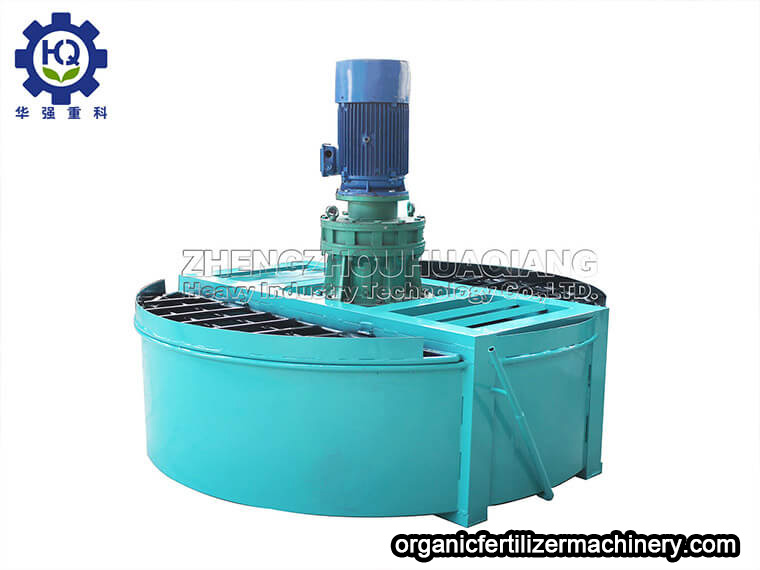What is the workflow of a self-propelled stacker
Self propelled compost turners play a crucial role in the organic fertilizer fermentation process, as they improve composting efficiency and quality through advanced mechanical operations. Below is a detailed description of the workflow of the self-propelled stacker crane:
1. Material preparation
Raw material mixing: Firstly, mix organic waste (such as livestock manure, plant residues, food waste, etc.) with other auxiliary materials (such as straw, sawdust) in a certain proportion, adjust the moisture and carbon nitrogen ratio, and prepare the basic composting materials.
2. Construction
Stacking strips: Using a loader or manual labor to pile the mixed raw materials into long strips with a width and height suitable for the operating specifications of a self-propelled stacker.
3. Fermentation start-up
Fabric: The self propelled compost turners moves to the stacking area and begins processing materials.
Stacking and Ventilation: The blades or stirring arms on the machine are inserted into the material and flipped while moving forward, while achieving mixing and ventilation of the material, ensuring sufficient oxygen and promoting microbial activity.
4. Temperature management
Heating stage: As microbial activity intensifies, the internal temperature of the pile rapidly rises, usually reaching over 50 ℃ within a few days. This temperature helps to kill bacteria and eliminate weed seeds.
Maintenance: The self-propelled turning machine maintains the temperature inside the pile within the optimal range for fermentation through continuous turning, usually between 50-60 ℃.
5. Maturity check
Cooling: When the temperature of the pile begins to decrease, it indicates that fermentation has entered the later stage. At this time, the number of flips can be reduced until the temperature of the pile stabilizes at around room temperature.
Testing indicators: Regularly check the physical, chemical, and biological properties of compost, such as pH value, salt content, nutrient content, etc., to confirm whether it has reached a mature state.
6. Post processing
Screening: Mature compost is screened by a screening machine to remove residual large foreign objects such as stones and metal parts.
Drying: If the humidity is high, it can be further processed by a dryer for storage and transportation.
Storage: Qualified organic fertilizers can be packaged or stored in bulk, waiting for sale or use.
7. Reuse
Mature organic fertilizers can be used for various purposes such as soil improvement, crop fertilization, and landscaping, promoting ecological cycling.
Operation precautions
During the use of a self propelled compost turners, special attention should be paid to safety operating procedures to avoid accidents; At the same time, regularly maintain and upkeep the machine to ensure operational efficiency and service life.
The self-propelled compost turning machine greatly simplifies the traditional composting process with its high efficiency and automation, and is a valuable tool in modern agriculture and organic waste treatment. Through scientific management and operation, effective management and resource utilization of organic waste can be achieved, promoting sustainable agricultural development.
.jpg)


.jpg)




.jpg)